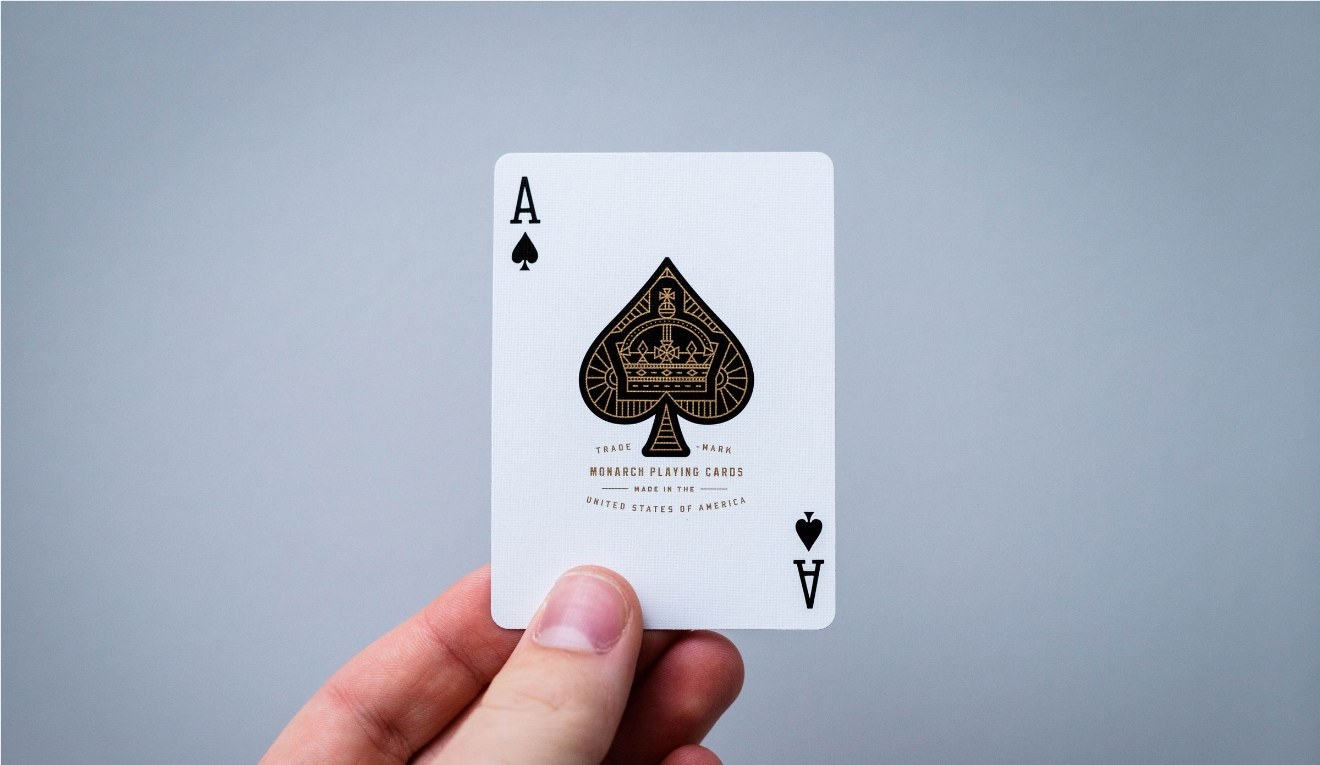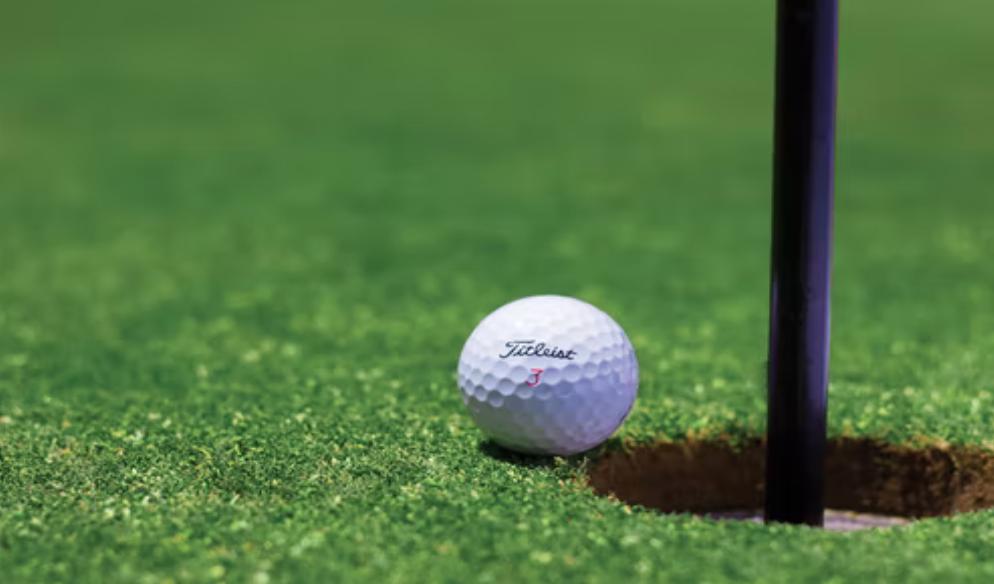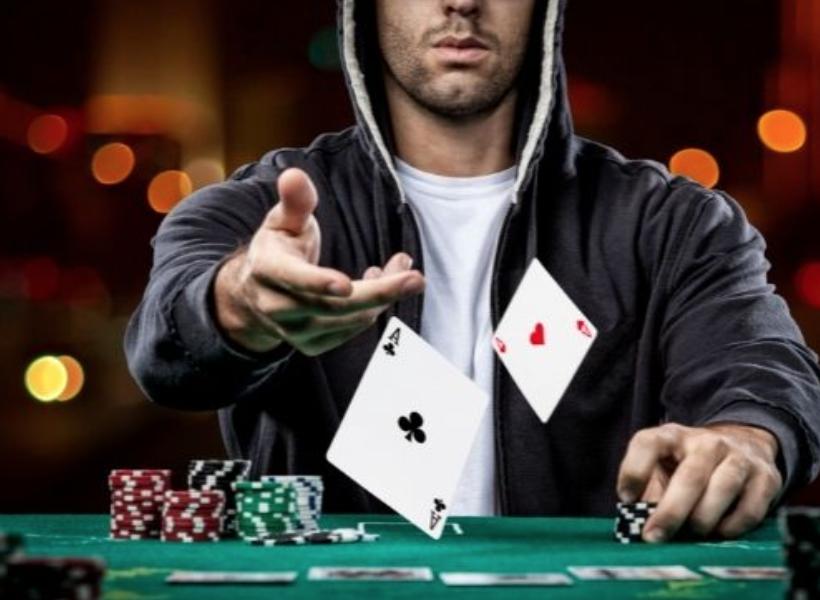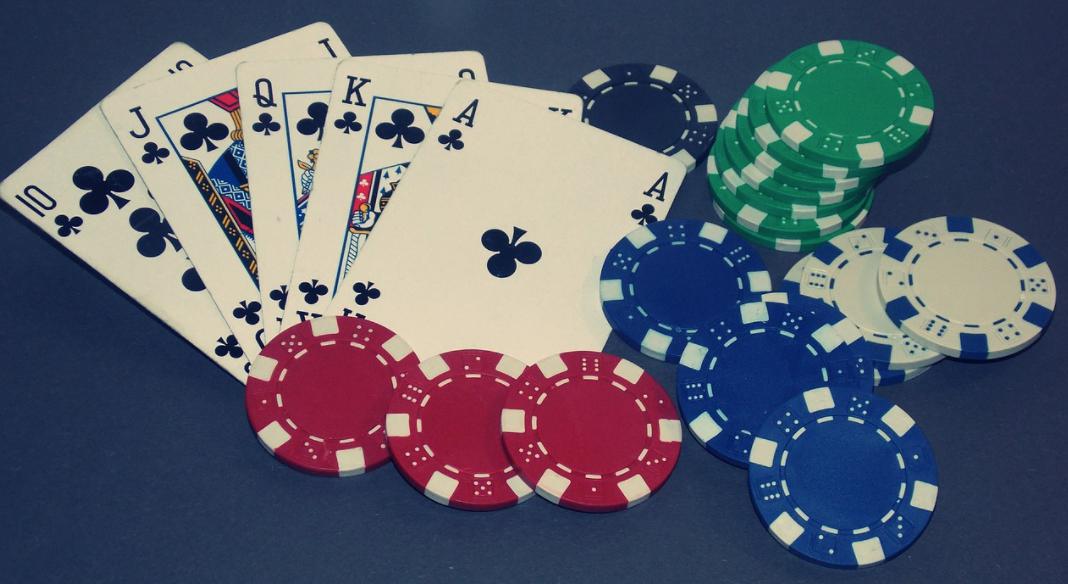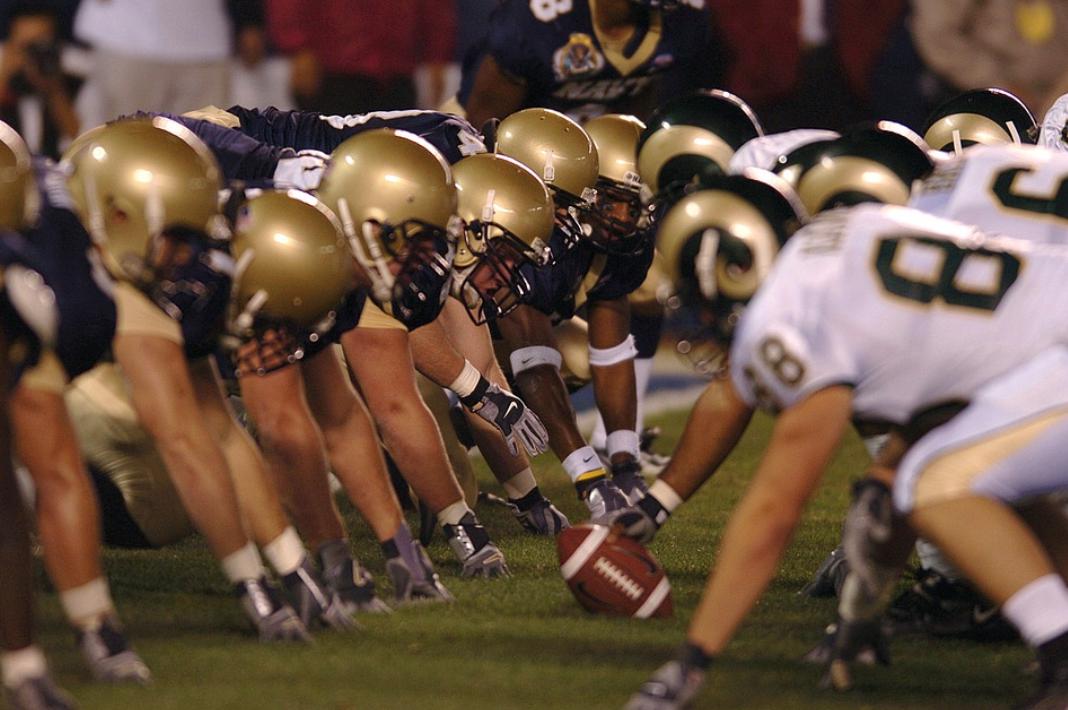Blackjack is one of the most popular games in a casino—and nothing feels better than seeing your hand turn up 21: Blackjack! Any such combination of two cards adding up to 21 wins you 1.5 times your bet on the spot, provided the dealer doesn’t have blackjack as well. If the dealer matches your blackjack, then you only push the bet and don’t win anything. This catch-22 begs the question: what’s the probability that the dealer has blackjack when you do as well?
In this article, we will see that while this probability is not difficult to calculate, it depends heavily on other information at the table: which card the dealer is showing, how many decks are in play, and which cards we have already seen. We can use this probability to set realistic expectations when playing and to understand why taking the insurance or even-money bet is usually a bad idea.
Mastering simple deck probabilities
We first need to talk about the probability of drawing a certain card from the deck. This is the building block for all probabilities in the game of blackjack. Let’s consider a single deck as in the graphic below. What’s the probability of pulling an ace from the deck? We simply take the number of aces (4) and divide by the total number of cards (52), to get 4/52 = 7.69%.
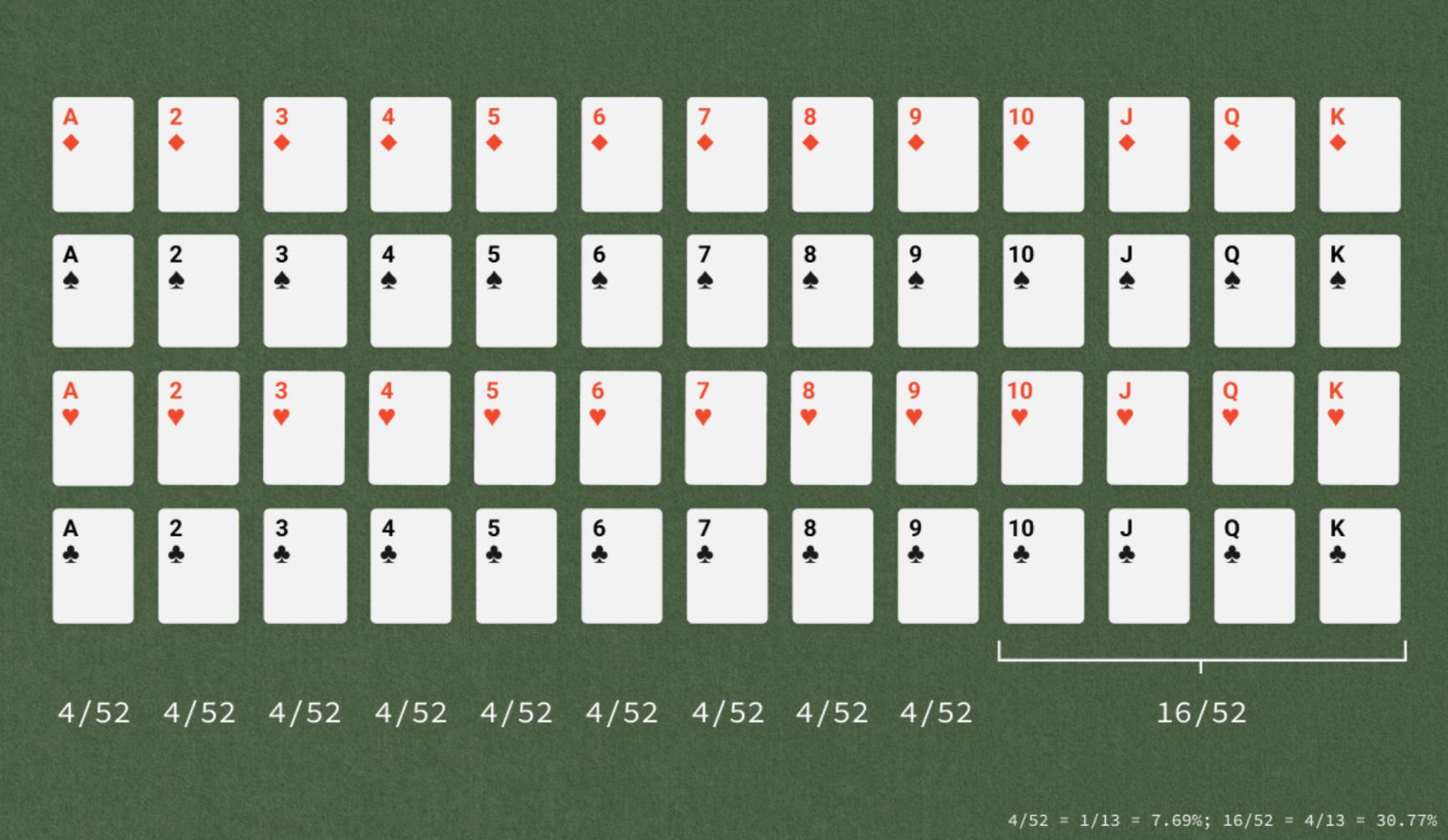
It helps to use some notation to refer to these probabilities more succinctly. Let’s use P(Card) for the probability of pulling a card with a given value from the deck. Thus, we can similarly calculate:
- P(A) = 4/52 = 7.69%
- P(5) = 4/52 = 7.69%
In blackjack, the cards 10, J, Q, and K all have the same value of 10 in your hand total. So we will use P(10) to mean the probability of pulling any of 10, J, Q, or K. There are 4 of each card in the deck, leaving 16 total, so we have:
One other important concept for calculations is when some cards have been removed from the deck already. For example, we might want to know the probability of pulling an A when there’s been an A removed from the deck. We still take the number of A’s over the total number of cards remaining: 3/51, or 5.88%. In general, for the probability of pulling a card from a deck that’s missing some cards, we can use P(Card ∣ Missing cards) for notation. Let’s see a few examples:
- P(A ∣ A) = 3/51 = 5.88%
- P(A ∣ 10) = 4/51 = 7.84%
- (5 ∣ A, 10) = 4/50 = 8.00%
- P(10∣ A, 10) = 15/50 = 30.00%
Probability of Dealer Blackjack
Armed with the tools of card probability, we can calculate the chance of a dealer getting blackjack without too much trouble. Let’s first suppose we play with a single deck of cards. In blackjack, the dealer will show an up-card so you can see half of their starting hand. If the up- card is not an ace or a card with a value of 10, then the dealer clearly can’t have blackjack, so the probability is 0%.
Scenario 1: What if the dealer’s up-card is an ace and you have blackjack?
In this scenario, you have seen two aces and one 10-value card, and the dealer only needs their other card to be a 10-value card. Thus, the chance of dealer blackjack is the chance of pulling a 10 from the deck from what remains.
>>> probability the dealer also has blackjack is 30.6%
Calculation: P(10 ∣ A, A, 10) = 15/49 = 30.6%
This probability is higher than one might guess because cards with a value of 10 are more prevalent in the deck than the other cards.
Scenario 2: What happens when the dealer shows a 10-value up-card?
Now, they need an Ace to get blackjack, and the cards you have seen change.
>>> probability the dealer also has blackjack is 6.12%
Calculation: P(A ∣ A, 10, 10) = 3/49 = 6.12%
Notice how much smaller this probability is from the previous one; it’s only 1/5 of the chance.
Scenario 3: What are the odds of a blackjack without specific knowledge of the dealers up-card?
Assuming you have blackjack, then a dealer blackjack means their first card is an ace and their second is a 10, or the first card is a 10 and the second is an ace. Each of these events can be calculated from what you already know, you just need to combine them.
>>> probability the dealer also has blackjack is 3.67%
Calculation: P(Dealer BJ ∣ A,10) = P(A ∣ A,10) * P(10 ∣ A,10,A) + P(10 ∣ A,10) * P(A ∣ A,10,10) = (3/50) * (15/49) + (15/50) * (3/49) = 3.67%
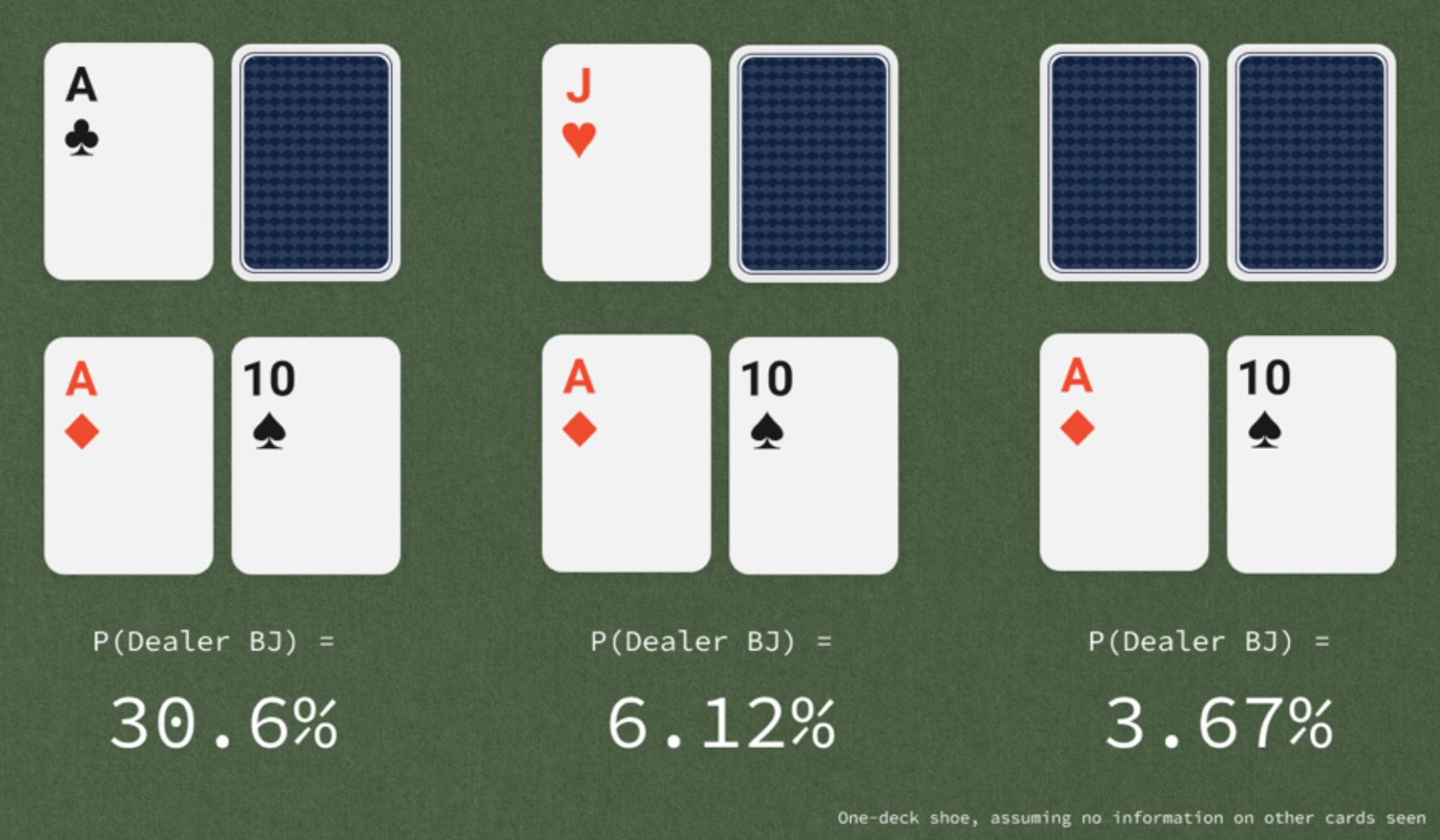
Scenario 4: What’s the chance you get blackjack?
The chance you get blackjack is similar to the chance that a dealer gets blackjack, without specific knowledge of their up-card. It is simpler to calculate because we don’t use any information about which cards have already been seen.
>>> probability you also has blackjack is 4.82%
Calculation: P(Player BJ) = P(A) * P(10 ∣ A) + P(10) * P(A ∣ 10) = (4/52) * (16/51) + (16/52) * (4/51) = 4.82%
It’s comforting to know that this probability is slightly higher than that of the dealer matching us.
Changing the number of decks
To keep the game moving and improve their house edge, most casinos will use multiple decks on each blackjack table. The number of decks affects the probability of getting a dealer blackjack, and so it is helpful to update our calculations for the more common 6-deck scenario.
The calculations are similar, but now you need to use the updated information. For 6 decks, there are:
- 24 Aces
- 96 ten-valued cards (24 each of K, Q, J, 10)
- 312 cards total
Scenario 1a: What if the dealer’s up-card is an ace and you have blackjack, using 6 decks?
>>> probability you also has blackjack is 30.7%
Calculation: P(10 ∣ A, 10, A) = 95/309 = 30.7%
Scenario 2a: What happens when the dealer shows a 10-value up-card, using 6 decks
>>> probability you also has blackjack is 7.44%
Calculation: P(A ∣ A, 10, 10) = 23/309 = 7.44%
Scenario 3a: What are the odds of blackjack without specific knowledge of the dealer’s up-card, using 6 decks?
>>> probability you also has blackjack is 4.56%
Calculation: P(Dealer BJ ∣ A,10) = P(A ∣ A,10) * P(10 ∣ A,10,A) + P(10 ∣ A,10) * P(A ∣ A,10,10) = (23/310) * (95/309) + (95/310) * (23/309) = 4.56%
Scenario 4a: What’s the chance you getting blackjack?
>>> probability you also has blackjack is 4.74%
Calculation: P(Player BJ) = P(A) * P(10 ∣ A) + P(10) * P(A ∣ 10) = (24/312) * (96/311) + (96/312) * (24/311) = 4.74%
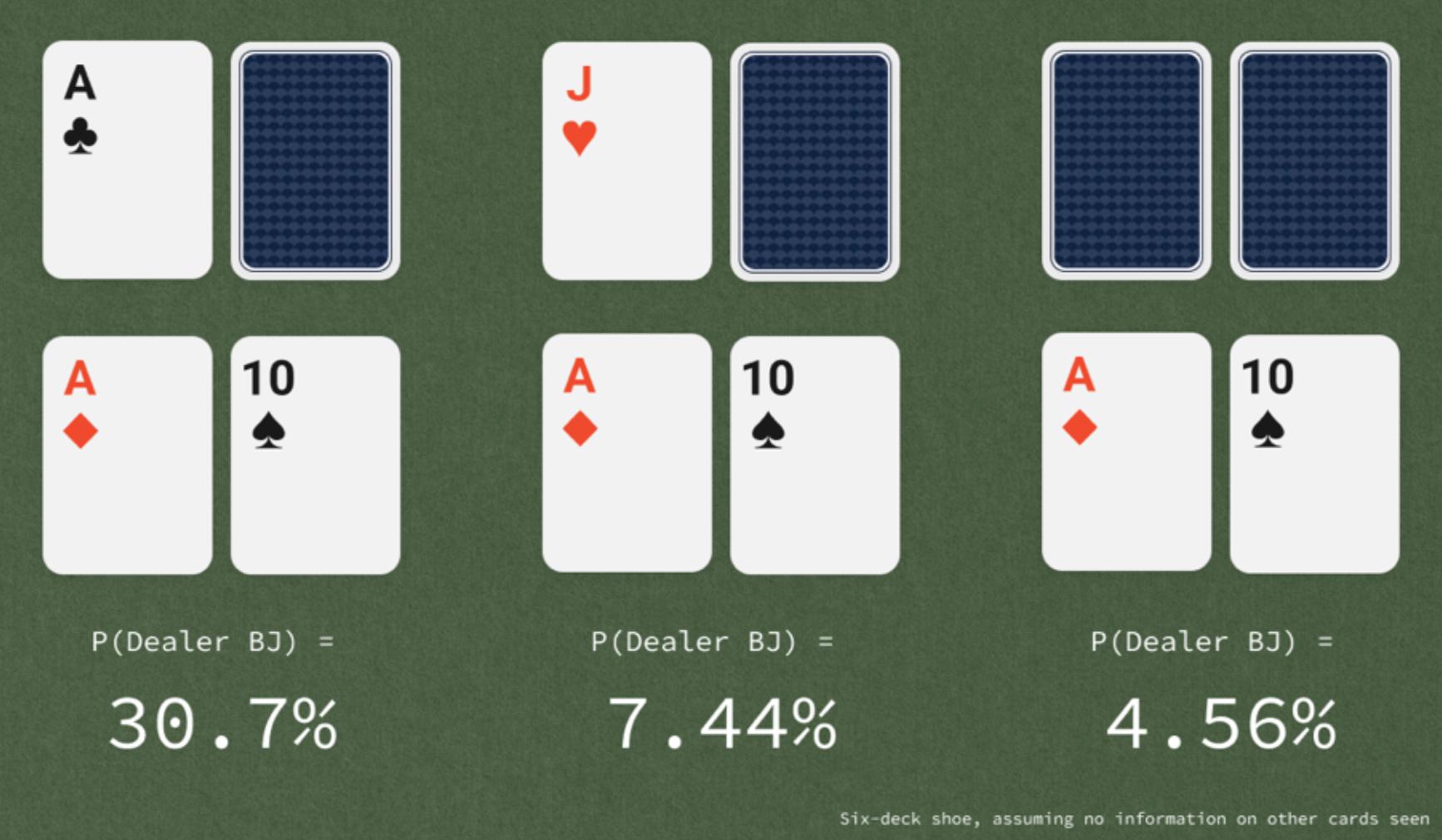
The updated graphic above summarizes these probabilities, and we can see a few main differences from the single-deck versions. The probability when the dealer shows an ace doesn’t change much, but the probability for when the dealer shows a 10-value card is quite different. The main reason for this is because, in the single-deck version, we know that our hand has 1 of the 4 aces, leaving only 3 for the dealer to draw. When there are 6 decks, taking 1 of the 24 aces has a much smaller impact. Conceptually, this is the same reason that the dealer has a higher chance of getting a blackjack with 6 decks when we don’t know either up- card.
Why is insurance a bad bet?
Let’s put all this probability calculation to some practical use. As you may have experienced, whenever the dealer is showing an ace as their up-card, they offer an insurance bet for the players. This side bet costs half of your original wager and offers a 2:1 payout if the dealer has blackjack. When a player has blackjack, they call the side bet “even money”, and it turns out the be an identical bet, but under a different structure. You’re offered a guaranteed 1:1 payout on your bet, giving up the risk to win 1.5 times your bet when the dealer doesn’t have blackjack or win nothing if they have blackjack.
Insurance bet summary:
- Cost: 1/2 original bet
- Payout: 2:1 if dealer has blackjack
- Offered when dealer has A as up-card
Even money bet summary:
- Cost: nothing
- Payout: 1:1 guaranteed
- Only offered when the player has blackjack and dealer has A as up-card.
- Player is giving up a chance at a 1.5 times payout.
- Actually just a special case of the insurance bet.
Of course, if you knew whether the dealer had blackjack, the choice would be easy. Since you don’t, you have to look at what happens in the long run under many chances. To see whether even money is a good bet overall, we can evaluate a few different scenarios.
Scenario 5: What is the house edge for the even-money bet, if blackjack pays 3:2?
“House edge” is the term for the average loss after many chances of the same bet. It is calculated by taking the outcomes (win or loss) and multiplying them by the probability each outcome happens.
>>> Even-money bet house edge under 3:2 blackjack is 3.9% of your bet
Calculation: 1 - 1.5 * P(No Dealer BJ ∣ Player BJ) = 1 - 1.5 * (1 - 0.307) = -0.039
That is to say, taking the even money gives up about 3.9% of your main bet in the long run. That’s only $0.39 on a $10 bet, but over time it adds up.
It’s worth asking, is taking even money ever worth it? Remember that the probability of a dealer blackjack depends on several factors, including deck size and what cards we have already seen. If the cards aren’t continuously reshuffled, and you can keep track of how many aces, 10’s, and other cards have been played, P(Dealer BJ ∣ A, 10) may increase enough to make even money worth it. You would need the probability to increase to over 50% for the edge to be over 0.
Scenario 6: What about when blackjack pays 6:5?
Another situation that comes up infrequently is blackjack tables that only offer 6:5 on a blackjack win. Most times, these tables won’t offer the even-money side bet (though they will offer normal insurance when you don’t have blackjack), however, I’ve seen casinos that do offer it.
>>> Even-money bet house edge under 6:5 blackjack is -17% of your bet (in your favor)
Calculation: 1 - 6/5 * P(No Dealer BJ ∣ Player BJ) = 1 - 6/5 * (1 - 0.307) = 0.17
In this case, the even-money bet is worth it in the long run. You gain 17% of your bet, or about $1.70 on a $10 bet.
Wrap up
We started with a simple question: what’s the chance the dealer has blackjack when you do as well? And while it turns out that this probability is straightforward to calculate, it relies on several factors:
- As the number of decks increases, the probability of dealer blackjack increases slightly.
- This increase is seen most prominently when the dealer has a 10-value card as their up- card.
- No matter how many decks there are, dealer blackjacks are 4-5 times as likely when the up-card is an ace, relative to the 10-value up-card.
- Despite the high chance of dealer blackjack when their up-card is an ace, the even money side bet isn’t worth it unless you have a lot of information on the cards that have already been seen or you’re playing 6:5 blackjack rules.
Understanding these concepts won’t change your luck at the blackjack table, but it helps reveal the mysteries of this game and give the player reasonable expectations when they get excited to see blackjack in front of them.
Note! Some tables only pay 6:5 or 1.2 times your bet on blackjack instead of the original 3:2 or 1.5 times. This usually happens on tables with lower minimum bets, and it’s best to avoid these tables if you can afford it.
